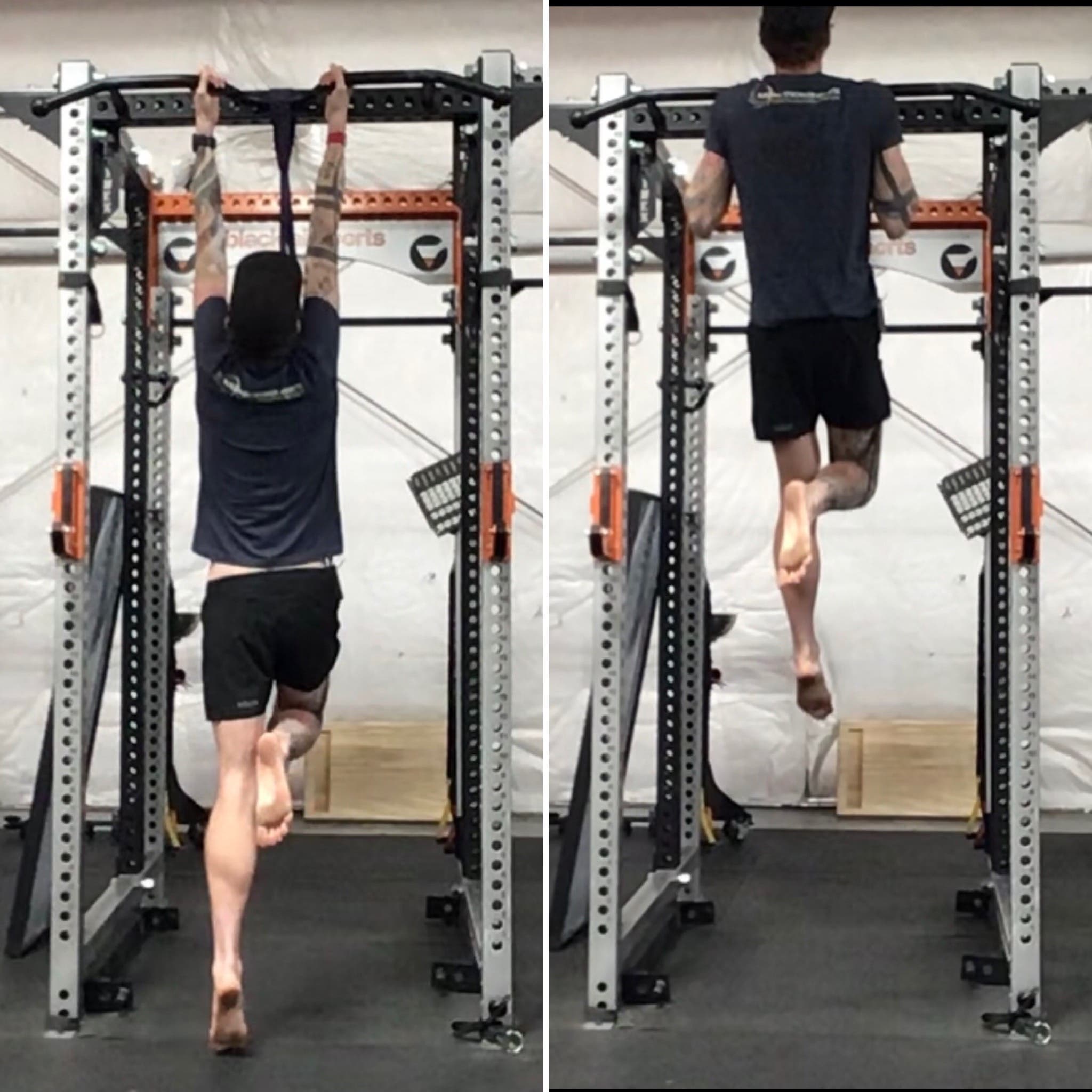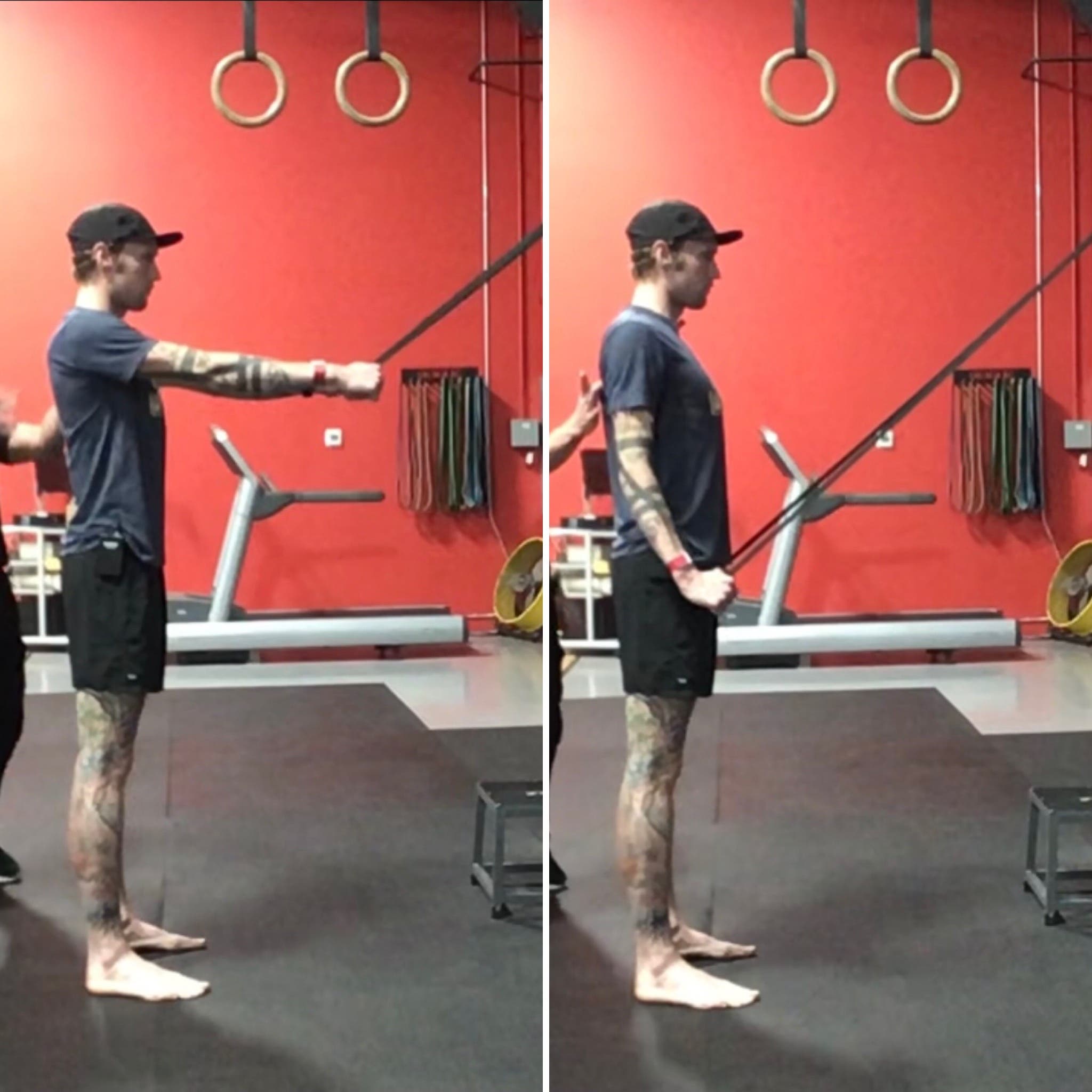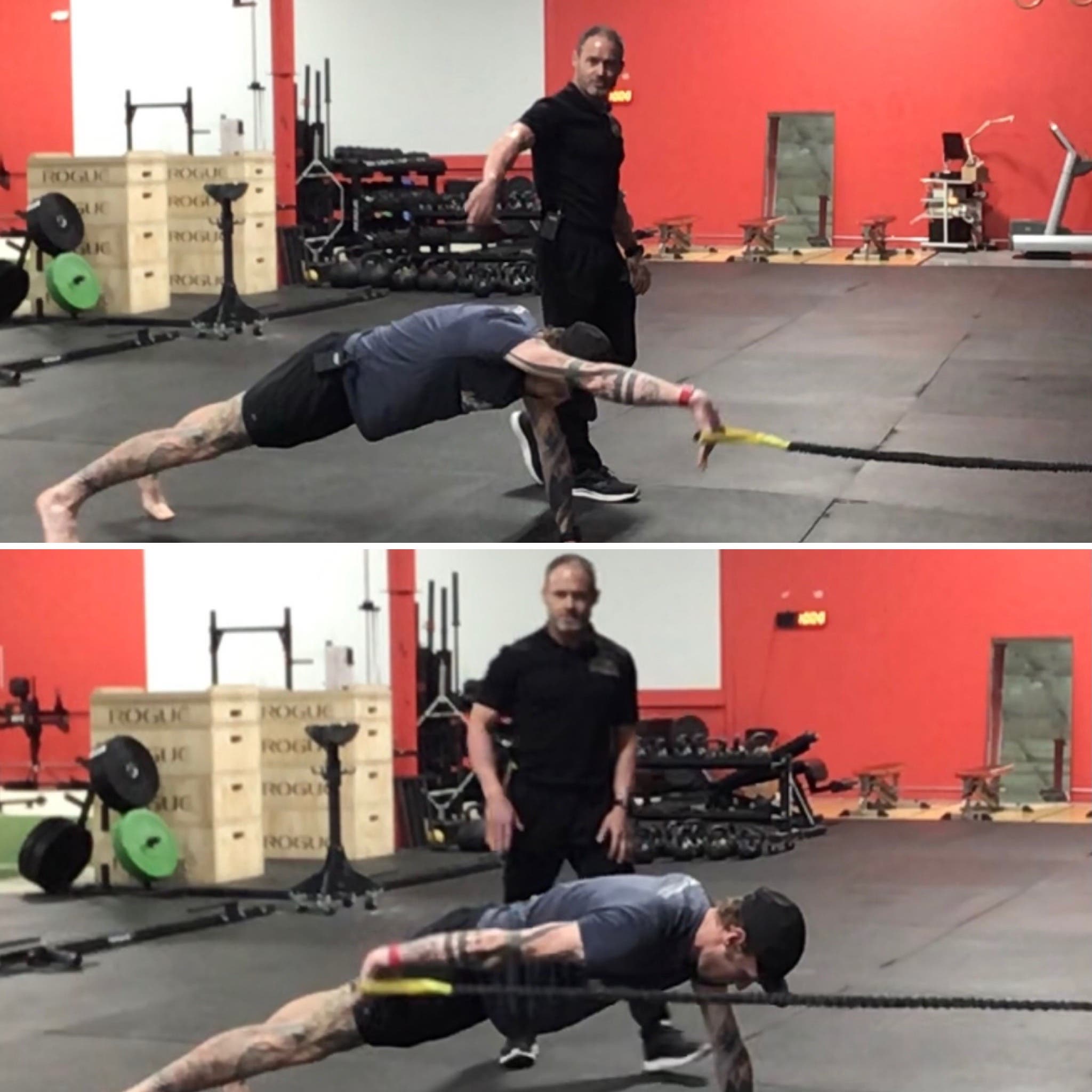Ask a Trainer: What Are the Best Lat Exercises for Triathletes?

Illustration showing how to build lat strength for triathlon swimming using lat exercises. (Photo: KP Performance)
The latissimus dorsi (lat) is a triangle-shaped muscle on each side of our backs that runs from just below the shoulder blade down the spine to the pelvis and connects to the upper arm. Your lats are the primary producers of force when you’re doing the freestyle/crawl stroke. Given their role, it makes sense to strengthen them. However, the lats don’t work in isolation. To improve your swim times through strength training, you need to focus on the relationship between the lats and core strength/stability. The “what” and “why” for doing each exercise can be found in the video clips.
Lat strength: Pull-ups

Pull-ups are the gold standard for improving lat strength. Bodyweight pull-ups are tough. If they aren’t in your wheelhouse, you can perform band- or machine-assisted variations to maintain form. As you develop more strength, transition to bodyweight and then to resisted pull-ups. Make sure you pause at the bottom for a full range of motion and a cold start. There’s no elastic recoil in the water, so we don’t want to bounce off the bottom of a pull-up.
Lat strength/core: Lat sweeps

Lat Sweeps build lat strength and anti-extension/anti-rotation core stability. Form is key here. Initiate the downward movement by driving your shoulder blades down and back as you sweep your arms down to your sides. Maintain a neutral lumbopelvic posture throughout the exercise. Imagine your pelvis is a bucket of water: Don’t dump water out of the front of your bucket as you perform the exercise.
Anti-extension/Anti-rotation stability and lat strength: Plank and pull

The plank and pull is one of our most challenging swim-specific exercises. You need to maintain a 3- or 2-point push-up position while performing a one-arm pull-through. The keys are keeping your body parallel to the floor and making sure you drive your shoulder away from your ear as you perform the pull-through. No low back sensation allowed. While we love this exercise, you may want to work on planks, roll-outs, and body saws before you incorporate it.
Scapular stability: Press and sweep

Without adequate scapular stability, you won’t have a stable anchor to make full use of your lat strength. You will also be far more injury-prone. The press and sweep exercise challenges your ability to maintain control of your shoulder blades through a variety of angles. While we still use exercises like rear-band pulls, this exercise is important, as it maintains a solid squeeze between your shoulder blades, providing more carryover to your swim stroke. Try keeping your shoulder blades down and back throughout the exercise. Your shoulders will separate slightly as your arm approaches horizontal and overhead, but continue to try to keep them down.
Strength training can be a great tool to improve your swimming. Just make sure you take a balanced approach!